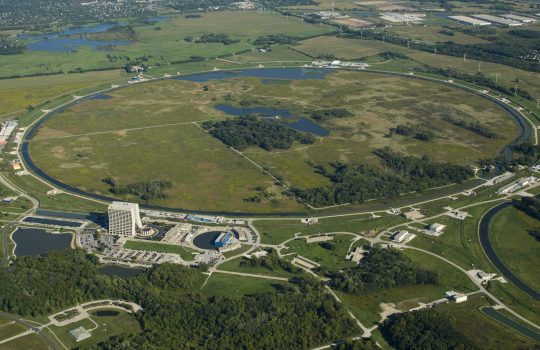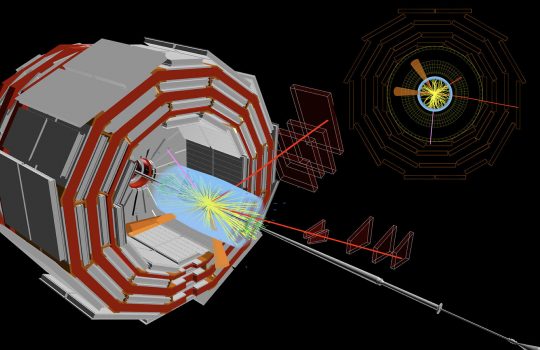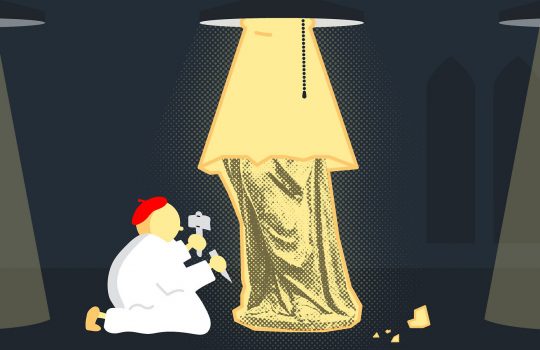Challenging the standard model
From Nature Italy May 20, 2022: CDF co-spokesperson Giorgio Chiarelli tells the story of how Italy contributed to the measurement of the W boson mass, opening a door on new physics. For more than 10 years after the Tevatron detector at Fermilab produced the last crashes between protons and antiprotons, the collaboration announced the most precise measure of the W boson mass ever achieved.



